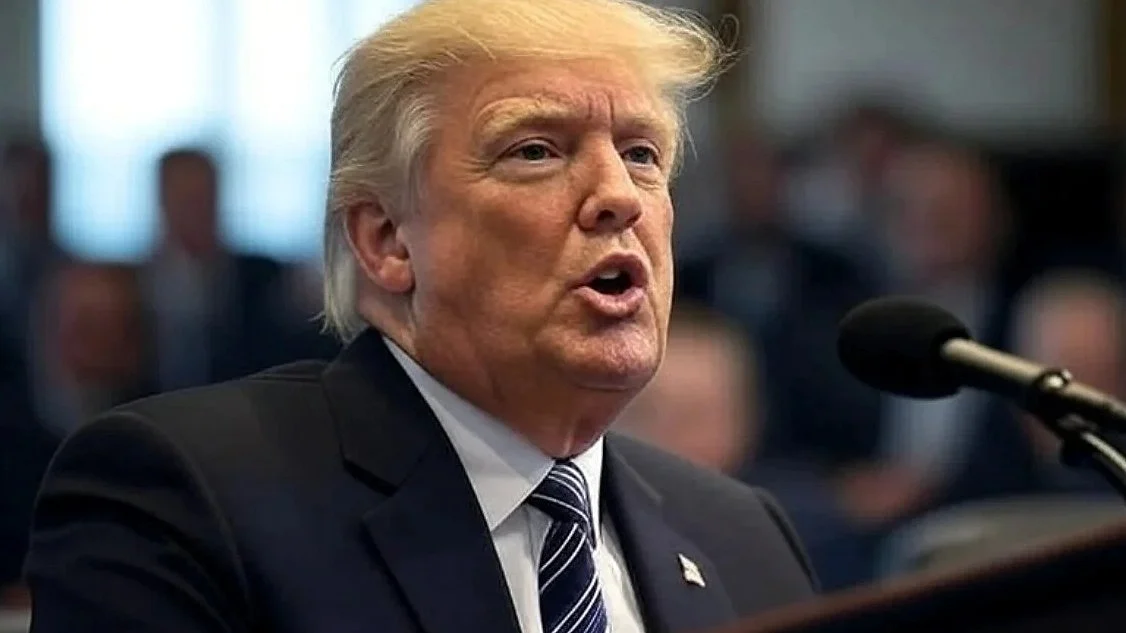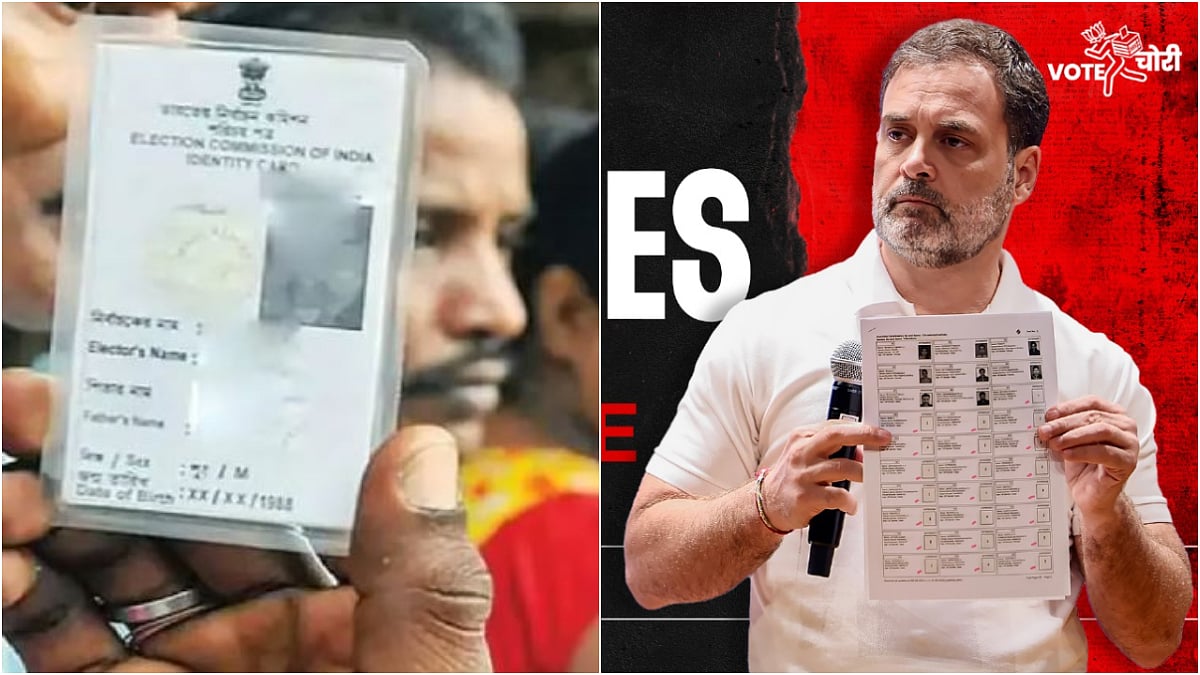Budget-making for FY22 seems more onerous than anytime before. The coronavirus pandemic has affected every segment of the economy, thereby posing unprecedented challenges, which can turn into opportunities only if India plays its cards deftly.
On the positive side, the Government has been pro-active in carrying out many tough reforms. The key responsibility for the country to become globally competitive lies in policy design - both explicit and organisational. However, the manner of implementing and executing the same until the last mile is equally important, so this aspect should also be made part of the policy coverage. Consultations with stakeholders and winning the trust of affected parties are equally important, as these would make the implementation of reforms easier and faster. The focus has also to be on the ease of doing business, as well as on cost effectiveness.
The forthcoming Budget will be a landmark one, as it is expected to chalk out long-term sustainable policies with a view to make the economy globally competitive. It is to be noted that the Indian economy had started contracting even before the Covid onslaught.
Uncertainties galore
The economy presently faces a plethora of uncertainties -- global uncertainties, supply chains disruptions, no surety on the end of the pandemic. The gap between India’s actual versus its potential growth is widening like never before and the growing disconnect between economic performance and the stock market buoyancy – the seriousness of which was well brought out by both, the present RBI Governor Shaktikanta Das and the former RBI Governor Raghuram Rajan. Too many complex domestic and international factors, these being country-specific and dynamic, are driving markets to be ever-fluctuating.
The NPA issue is attributed to loose monetary and fiscal policy in the aftermath of the 2008 crisis. We have still not learnt our lessons from the 2008 crisis. There remains a lot of correction and relief work to be carried out. There has been too much focus on stimulus when in fact, there are segments of economy that are suffering and need support. Not only do the reforms already undertaken need to be implemented well, lest slippages prove costly but more reforms are needed to make growth sustainable. Markets currently have the Fed’s backing. This can change. Markets can correct themselves at any point, triggering a trend reversal.
The impact of the pandemic on India has undoubtedly been devastating, in terms of loss of income and jobs, but in retrospect, proved advantageous too. The mindset of all stakeholders has drastically changed, like rapidly adjusting to new, efficient ways of working, thinking purposefully and being careful with spending and so on. Real GDP growth, at -7.7 per cent in FY21, is a big improvement over earlier predictions. The Indian economy has set off on a fast pace of normalisation.
Green shoots
Towards the end of 2020, quite a few green shoots emerged— some corporates and banks like TCS, Infosys, Wipro and HDFC reported strong numbers; automobiles sales increased, Tesla setting up a manufacturing unit, the growing industrial and warehousing absorption, were all driven by robust growth in e-commerce and manufacturing sectors, as well as rising demand in tier 1 and tier II cities. The all-India demand for power has touched a record high of 185.82 gigawatts. India’s merchandise exports have started limping back to normalcy. The forthcoming foreign trade policy is likely to encourage exports in innovative ways.
The Indian economy has also started acquiring competitiveness. As many as 11 private Indian firms made it to the list of 500 most valuable companies across the world and the country is ranked 10th. The total value of these 11 companies grew 14 per cent, pegged at nearly a third of the Indian GDP. Industry has to get bold and start envisioning projects with scale, along with focusing on talent, enabling data and bandwidth. There has to be a collaboration between the industry and the government. India has often struggled to increase manufacturing as a percentage of the GDP ratio.
Usually, issues like power, logistics, labour, high-interest rates and interference were highlighted as bottlenecks. But with the government following the correct policy route and industry envisioning massive scale, India can become a pivot for the new world order. Embracing technology and enhancing thrust on digital enablement would make the trajectory of growth irreversible.
'Self-confident' India
Working towards a self-reliant India, ie ‘Atmanirbhar Bharat’ at a cost of almost 10 per cent of the GDP is in progress and broadly seems to be in the right direction. It is recommended that the word ‘self-reliant’ be replaced by ‘self-confident’, as the term self-reliance smacks of protectionism.
The Government has to be careful while carrying out structural reforms. In the case of the Farm Laws, 2020, the Centre should work through the States, like the smooth working of the GST arrangement, where both the Centre and the States together, amicably, decide on policies.
A recent World Bank study has placed India in the company of countries with a multiplicity of GST rates. GST rates need immediate rationalization, to be in tune with global practices. Excise duty mop-up jumped 48 per cent in the current fiscal on the back of a record increase in taxes on petrol and diesel. Our oil prices rising when these are falling abroad, is bad economics. It is high time, petrol and diesel, along with electricity, are brought under GST.
Tool of control
It is sad that data -- the new oil, instead of becoming a tool of planning, has become a tool of control. This is behind the emergence of negative trust deficit between the Government and industry in recent times. The Government needs to speed up the formulation of a data protection policy.
Inflationary pressures have been accentuating despite retail inflation falling due to decline in food prices. The price of Brent crude has consistently strengthened since the end of October — from around $37 per barrel to around $56 and is expected to rise further. Logically, there should be a cut in excise duty on oil to curb impact on inflation.
India’s embedded ‘jugaad technology’ can be loosely understood as finding innovative solutions through circumventing the rules, thereby harming competitiveness. Hence, investment in R&D is critical for India to evolve into a self-confident economy. India has always been found lacking in terms of academia-industry linkages, which are popular in developed economies. Despite efforts, gross domestic expenditure on R&D as a fraction of GDP has declined from 0.8 per cent in 2010 to a dismal 0.6 per cent in 2018.
Unemployment trends
Another challenge is to arrest the trend of joblessness. Labour has been moving from agriculture to construction. Manufacturing has not been able to create sufficient jobs-- accounted for 40 million jobs in FY20, dropped to 24.6 million in the first quarter in FY21. India’s workforce has not only declined quantitatively but also qualitatively. Employment statistics do not support the optimism shown in official statistics about recovery of the economy.
In sum, we need to do our own fundamental research to come out with an indigenous model, based on internationally tested designs of budgetary policies that include successful implementation strategies and realistic time lines planned at the initial stage itself. India doesn’t lack in framing policies but their implementation and execution skills need improvement. There is also a pressing need for an ‘Outcome Budget’, evaluating the previous year’s policies to be presented along with the main Budget. This task should be entrusted to an independent expert body, so as to build much required credibility. Of course, the availability of Covid vaccines is a big positive for Indian economy.
The writer is a corporate economist.









